
If you need to know how to care for a spider plant, you're in the right place. These popular houseplants are one of the easiest, but there are some key things you'll need to get right.
We chatted with green-fingered experts who reveal exactly what it takes to help these plant babies flourish including how to create the perfect growing environment, give it the right amount of light and choose the most suitable type of soil.
If you have recently bought a spider plant to liven up your space, take these tips on board to keep those elegant, arching leaves on your indoor plant looking full of life for years.
How to care for a spider plant, according to houseplant experts
By learning everything you need to know about caring for houseplants, you'll keep them healthy and happy in your home. And, while spider plants are known for being tougher than most, they still benefit from a bit of attention.
1. Check soil type

Vladan Nikolic (Mr. Houseplant) says, "Spider plants thrive in porous and well-draining soil." To make your own mix, he recommends combining one part of any commercial potting soil with one part of perlite and one part of bark.
These amendments improve drainage and aeration. He adds. "Loose and aerated soil is full of oxygen which is vital for a healthy root system."
Try the well-rated SuperMoss orchid bark from Amazon for your mix. Meanwhile, Perfect Plants Nursery has bags of organic perlite available to buy. And, if you need potting soil to add your amendments to, Perfect Plants Nursery's indoor plant soil will do the job nicely.
2. Give bright but indirect light
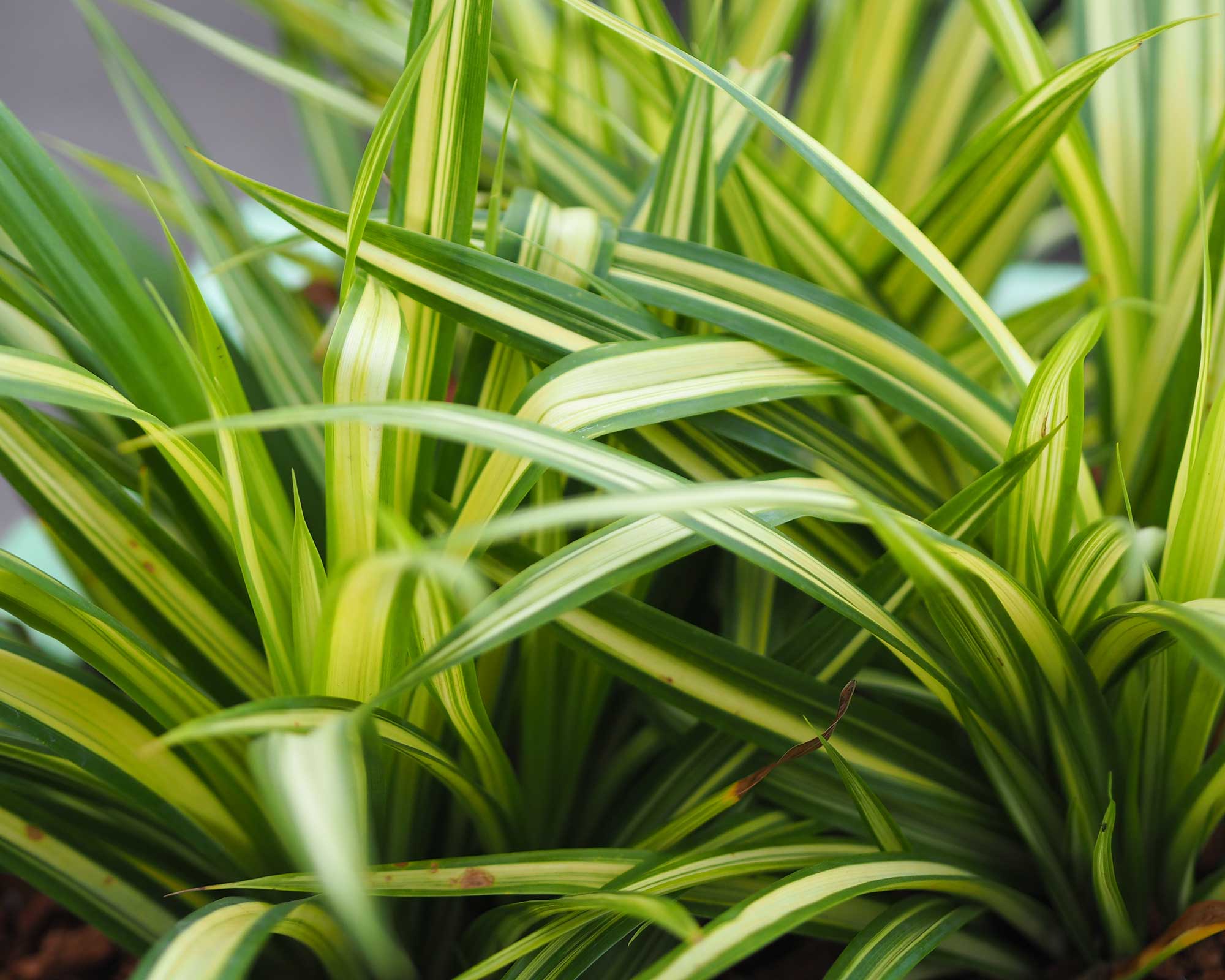
Autumn Hilliard-Knapp from Perfect Plants Nursery says, "Spider plants are versatile and can thrive in a variety of lighting conditions, from bright indirect light to low light."
However, just like when caring for fiddle leaf figs, a spot with bright, indirect light is ideal. This will help them maintain the variegation on their foliage, Autumn adds. "Avoid exposing them to direct sunlight, because it can scorch the leaves."
3. Water when needed

Accidentally killing your houseplants by incorrectly watering them is a common mistake.
Kiersten Rankel, an expert from Greg, a houseplant-care app, notes how spider plants don't like having soggy roots. She recommends letting the top one or two inches of soil dry out before watering them again. "Remember to use a pot with a drainage hole," she adds. We love these Easton ceramic pots and saucers from Terrain with their minimalistic design.
Autumn says, "During the summer months, when the plant is actively growing, water more frequently. Reduce watering during the winter and colder months."
This blue glass watering can from Terrain is particularly stylish if you need one.
While some houseplants benefit from higher humidity levels, spider plants aren't fussed. "Spider plants adapt well to both higher and lower humidity," Vladan says.
4. Avoid extreme temperatures
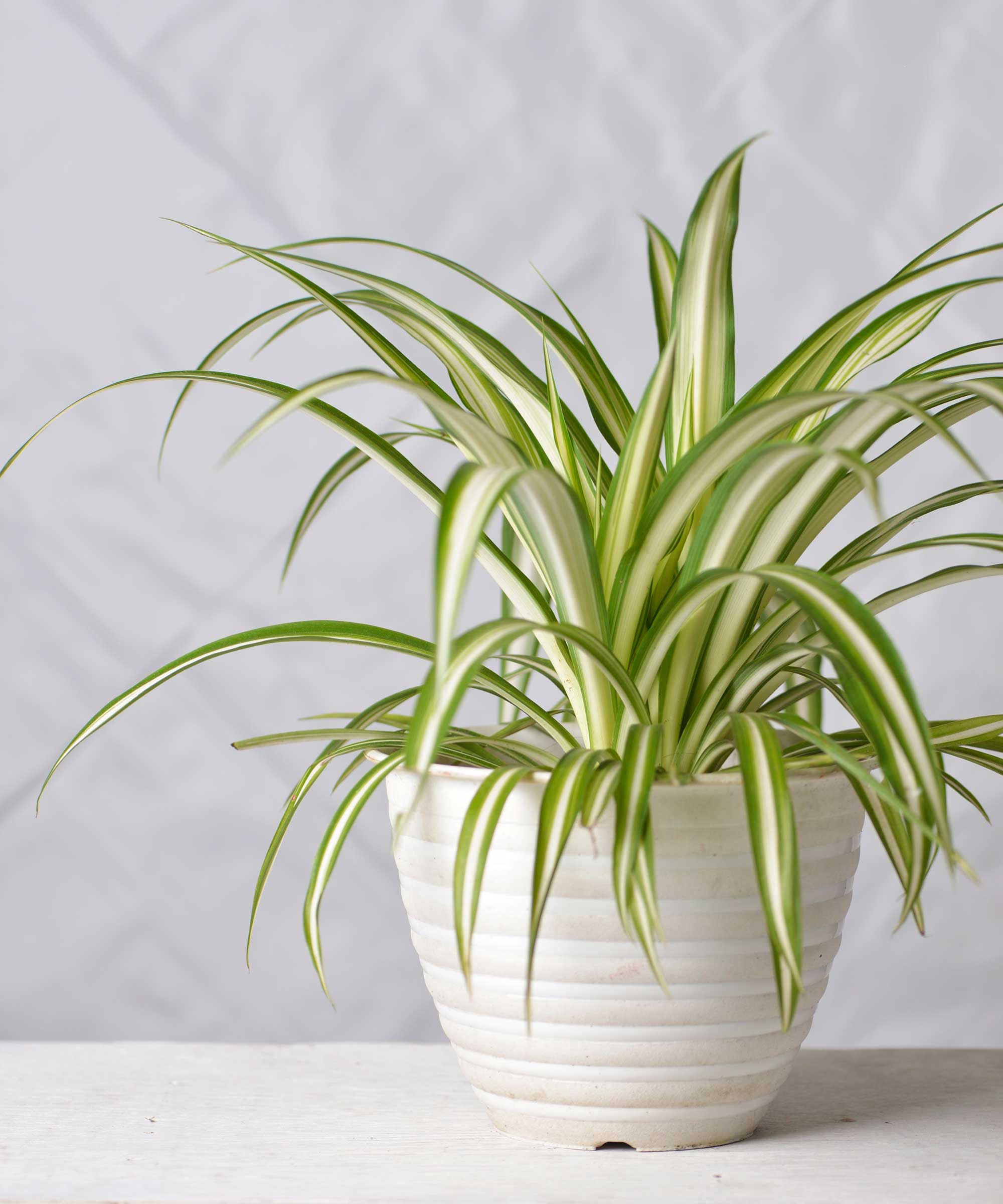
Spider plants aren't just easy to please when it comes to lighting and humidity. They can also handle a wide variety of temperatures, as Kiersten points out.
An environment between 65–75°Farenheit is ideal, Vladan says. In other words, average room temperatures are just fine.
However, as with all indoor plants, remember to keep them away from cold drafts, and heat sources, such as radiators. Temperature fluctuations can shock plants and cause them to wilt and discolor.
5. Remove dead leaves

Kiersten highlights how spider plants don’t require regular pruning. Their compact nature makes them perfect houseplants for small spaces.
However, if you've spotted some dead leaves that are dry and brown, these can be trimmed off at the base, Vladan says. Don't be tempted to pull them off, as this can damage the plant.
Using best-selling Gonicc pruners from Amazon is a better option — and they will be useful for tidying up your other indoor plants, too. Vladan recommends sterilizing your pruning shears before using them. This prevents the risk of spreading plant diseases.
6. Repot regularly
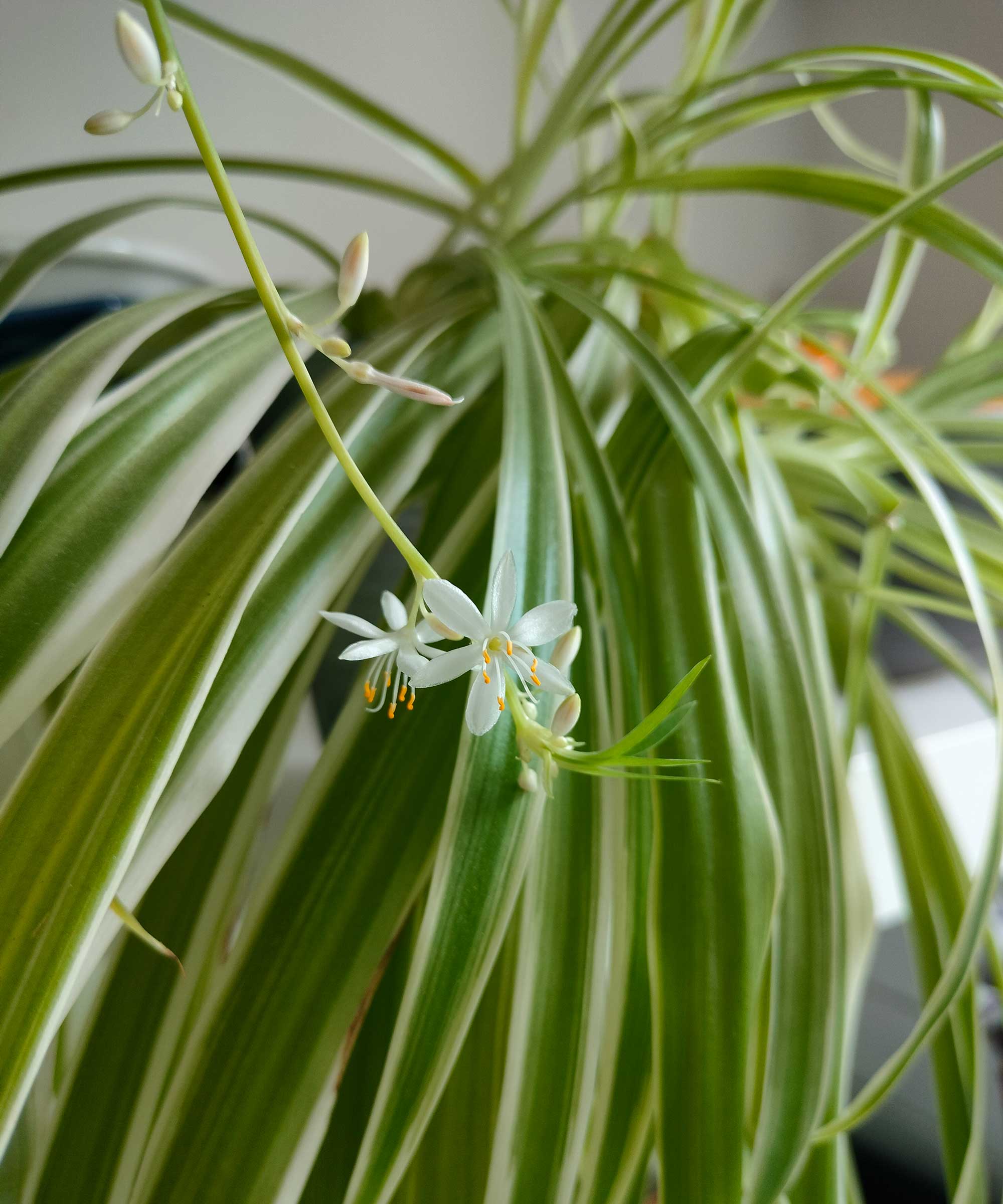
If conditions are optimal, spider plants will grow fast. They will soon become root-bound in their pots, which can cause them to struggle.
Check the drainage holes — if you see roots poking through, it's time to size up your container. Ideally, do this in spring or early summer, when they are actively growing.
Giving your spider plant more space to grow isn't the only reason to repot them. It also allows you to remove old, compacted soil and replace it with a fresh potting mix that's full of important nutrients, Vladan says.
7. Give your spider plant a feed
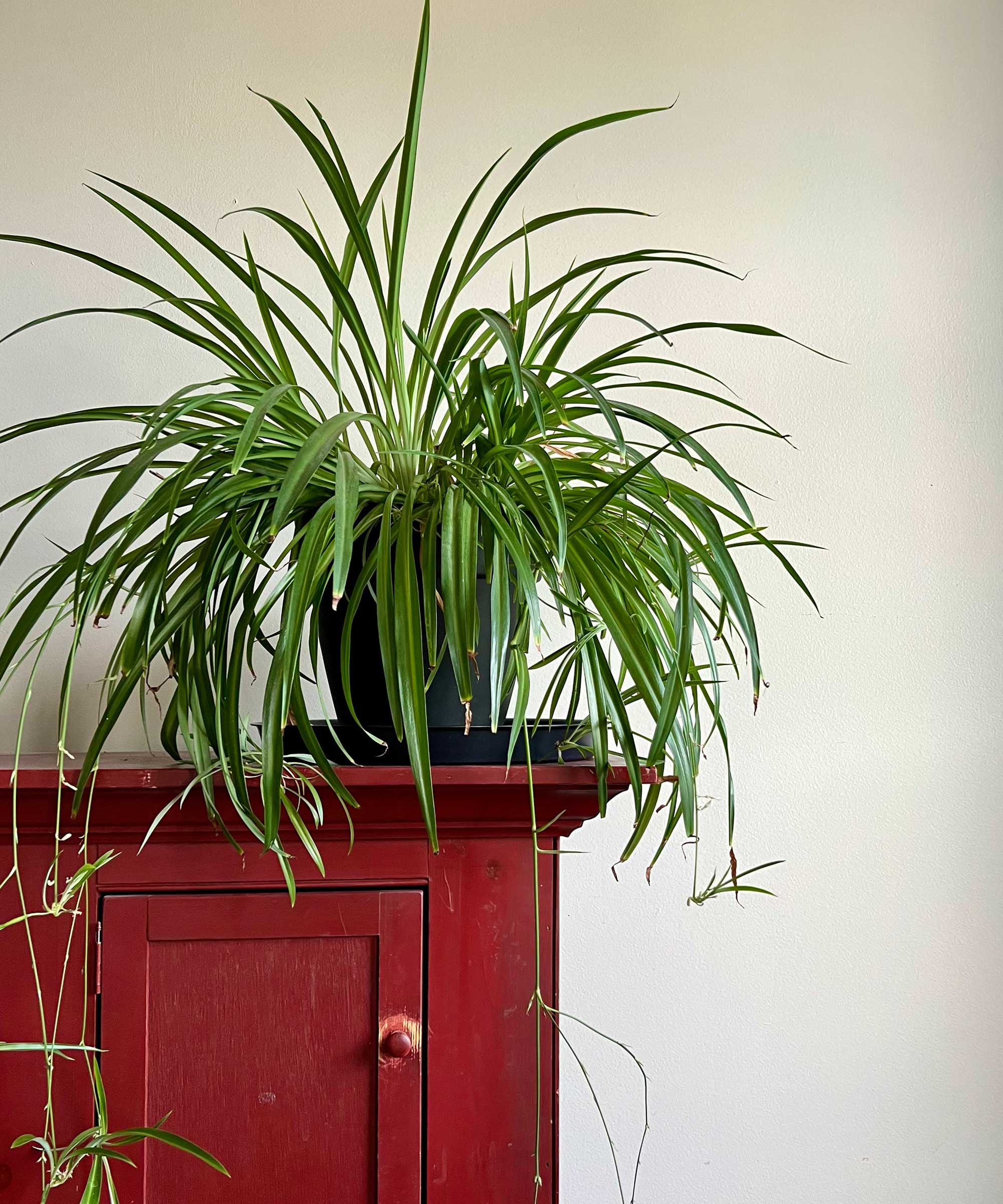
An occasional dash of fertilizer can help houseplants look their very best, especially if you haven't repotted them in a while. Autumn recommends this liquid indoor plant food from Perfect Plants Nursery for spider plants. To use, simply dilute it with water and add it to your plant's soil.
Don't worry about feeding your spider plant during the cold, winter months, though. They usually go into dormancy during this time, so rather than being put to good use, the nutrients can build up in the soil and damage the roots.
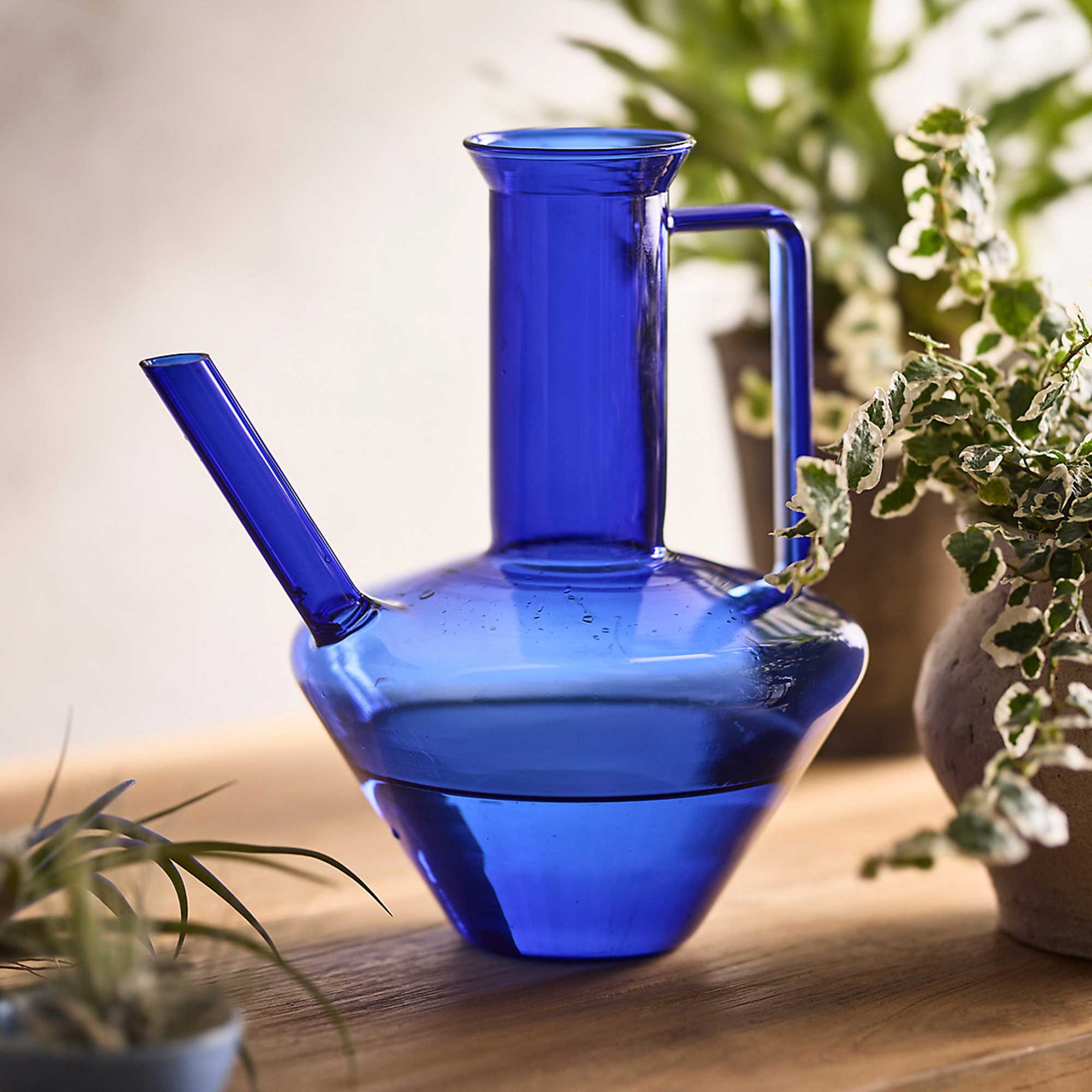
With its sculptural shape and eye-catching color, this glass watering can double up as a chic ornament when displayed on a shelf.
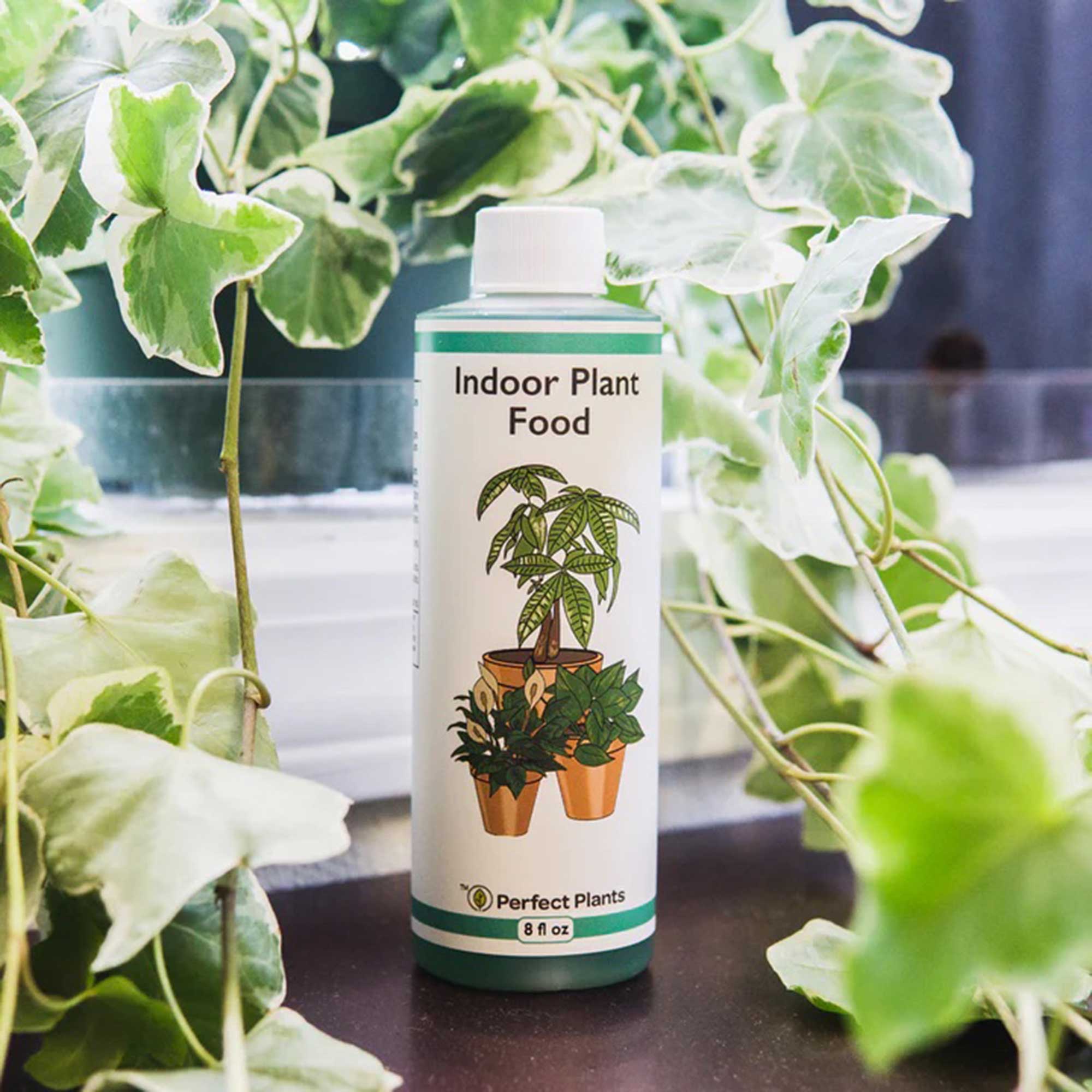
This high-nitrogen liquid fertilizer is full of nutrients, including calcium, magnesium, sulfur, and zinc. Plus, it's suitable for all your indoor plants.
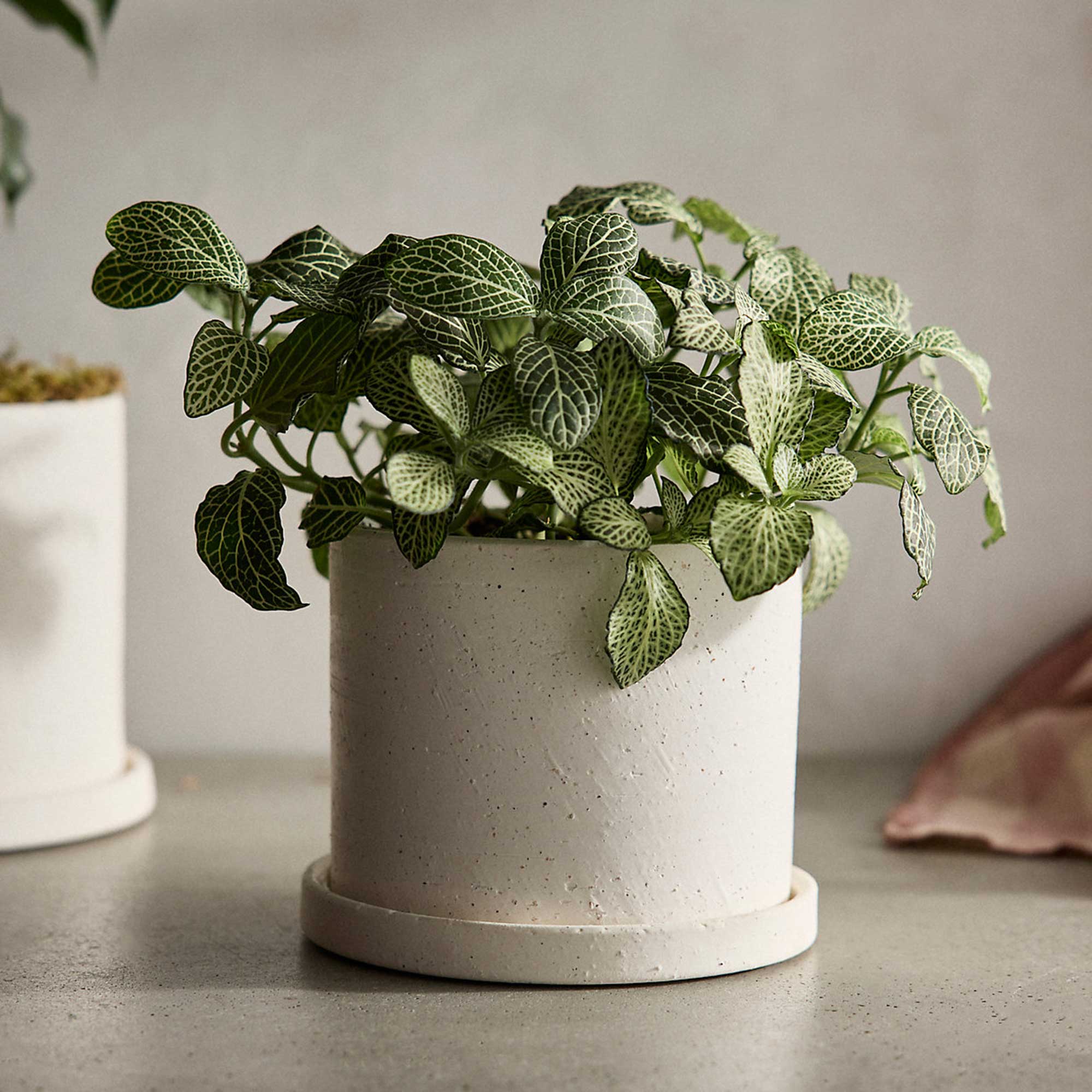
Available in two sizes, these elegant pots have a speckled finish and include drainage holes and saucers. Perfect for a modern interior scheme.
FAQs
Why are the leaves dying on my spider plant?
Dying leaves are a telltale sign that something isn't quite right with your spider plant's environment. If the foliage looks faded in color, a lack of water is the issue.
On the other hand, too much water can also be problematic. Kiersten says, "If brand new growth starts to decline or the leaves feel soggy, your plant likely needs less hydration and more sunlight to get back on track."
Remember to check if your plant is root-bound and needs repotting, too, as it could be struggling to absorb the nutrients it needs to thrive.
Can spider plants suffer from pest problems?
Autumn says, "Spider plants can be susceptible to common houseplant pests such as mealybugs, spider mites, and aphids. Regular inspection and treatment with appropriate insecticides can help control these pests."
Bonide's insecticidal soap, available from Amazon, is a popular product for tackling such interlopers.
Watch out for fungus gnats, too, which commonly occur as a result of waterlogged soil. They don't usually damage the plants, but they are annoying as they buzz around your home. To combat them, allow your plants to dry out and place sticky traps (such as these Garsum ones from Amazon) around your pots.
Do spider plants flower?
Yes, spider plants can produce small, white flowers on long stems in the warmer months. These are often followed by mini spider plants, otherwise known as spiderettes.
If you're on the lookout for more easy houseplants to accompany your spider plant, there are lots of beautiful choices. Chinese money plants, for instance, are a top option for smaller spaces, and are well-loved for their round and glossy leaves.







